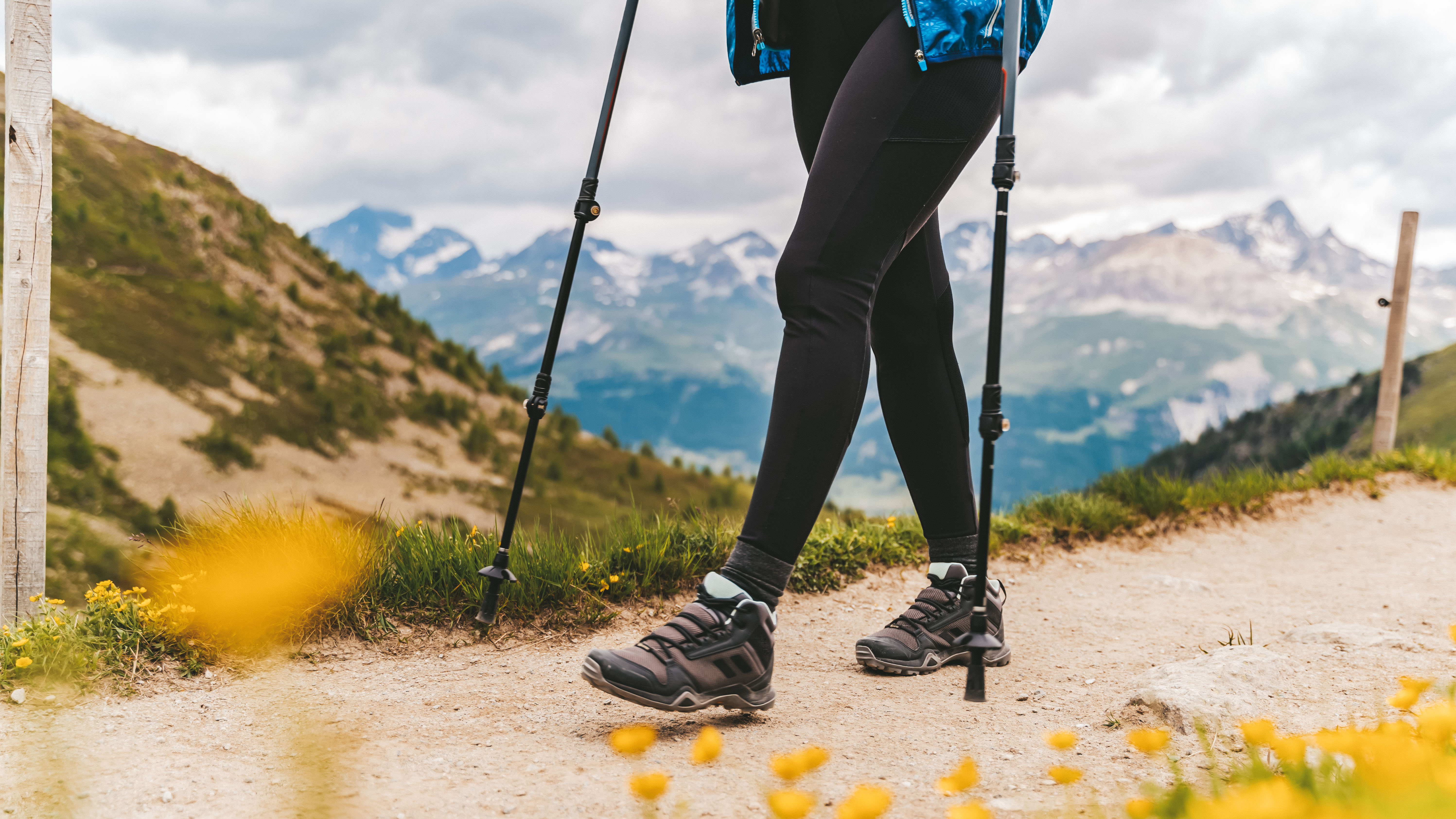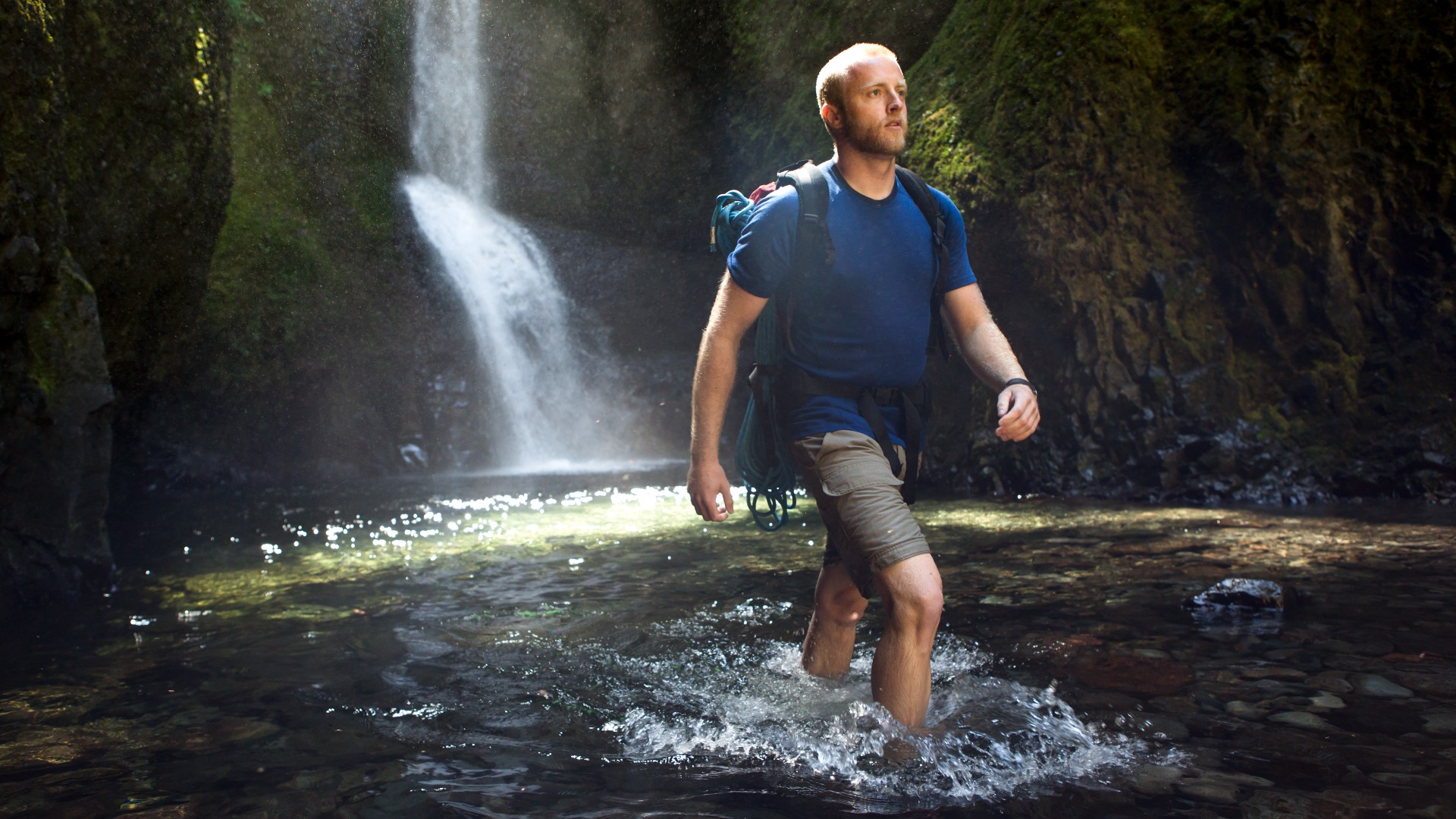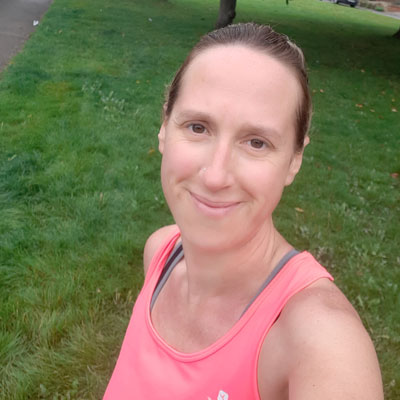Does hiking build muscle?
Does hiking build muscle? Here’s how this outdoor activity affects your strength


Getting outside can give your physical and mental health a boost — but does hiking build muscle?
Hiking, which tends to be longer and harder than walking, usually takes place off-road on trails through the countryside, over lots of different surfaces and elevations. Although it is a low intensity exercise, it can be an effective way to strengthen muscle as long as you equip yourself with the best shoes for walking. This will help to ensure that blisters are avoided and you have enough grip when tackling tricky terrain.
We spoke to chartered physiotherapist Damien Kelly about how to make the most of this popular outdoor pursuit in order to build muscle.

Damien Kelly (MSc. MMT. MCSP. MACP. CSCS) is a specialist Chartered Physiotherapist working in Formula 1, professional golf and pro rugby. He is also director of Physica Health Physiotherapy Clinic based in Surrey, UK. His areas of expertise include musculoskeletal injuries, sports performance and rehabilitation.
Does hiking build muscle?
Hiking is an activity that can build muscle but it is very dependent on the type of terrain, steepness of the hills and how often you hike.
Building muscle — which is known as hypertrophy — requires repetitive and frequent loading of the muscles to stimulate muscle growth. This process is known as progressive overload of the muscle.
Steep inclines challenge leg muscles, so these are the muscles most likely to see development when hiking.
"These muscles will need to be exposed to this challenge a minimum of two to three times a week to create the exposure needed for progressive overload and therefore growth of the muscle," advises Kelly.
Start your week with achievable workout ideas, health tips and wellbeing advice in your inbox.
However, if muscle building is the main goal, hiking will not be as effective as strength training in the gym. It should therefore be seen as an activity that will compliment, rather than take the place of, more classic targeted strength training exercises.

Which muscles does hiking work
Hiking is a lower leg dominant exercise, meaning the muscles of the legs will be predominantly used to get hikers from A to B. Arms only become more involved when using hiking poles.
Muscles such as the glutes, hamstrings and quadriceps in the upper leg and calf, shin and plantar fascia muscles in the lower limb, will all be working hard.
An incline of 12 degrees can cause these muscles to work up to 3.3 times harder than walking on level ground according to a study presented at the International Society of Biomechanics in Sport.
"Footwear selection can also influence muscle use, with high ankle boots tending to increase recruitment of the hamstrings and shin muscles (tibialis anterior) and decreasing the recruitment of the calf muscles," Kelly explains.

How much hiking do you need to do to see fitness improvements?
Different aspects of fitness will require varying amounts of hiking to be done as an exercise.
"If muscle growth and strength are the main fitness goals then a hiker would need to head out a minimum of two to three times a week for four to six weeks to see improvements," says Kelly.
However there are other significant benefits to hiking. Hiking and walking are known for improving cardiovascular fitness and endurance. In addition to this there are associated benefits with exercising outdoors such as decreased stress levels, almost immediate decreases in blood pressure and improved immune system functioning.
Time outdoors in the natural environment can also lead to psychological benefits by restoring mental and emotional health, according to a study in the American Journal of Lifestyle Medicine.
And regular hiking over time can result in weight loss, decreases in depression and improvements in overall wellness.
How can you get started in hiking
Here are Kelly’s top tips on how to start hiking.
- Start with local walks, whether it be in a local park or outdoor area.
- Recruit family or friends to join you. This can make your hiking outings more social and fun but the added accountability will improve your chances of making hiking a lasting hobby.
- Look up local hiking groups and clubs — this could be online, on social media or your local community centre.
- Check out local nature programmes running in managed natural areas. These can be run by environmental and nature organisations that may offer trail maps and guided hikes or hiking and outdoor adventure clubs.
- Know your limits: start small, learn the basics of outdoor safety and gradually increase as your ability, knowledge and fitness improves.
Lily Canter is a freelance money, health and lifestyle journalist with more than 20 years' experience. She writes about fitness for Runner's World and Trail Running magazines and focuses on personal finance for Yahoo! Finance UK, Metro, The Guardian, and the Mail on Sunday. In her spare time she is an ultra-runner, canicrosser and running coach. She also co-hosts the award-winning podcast Freelancing for Journalists.
